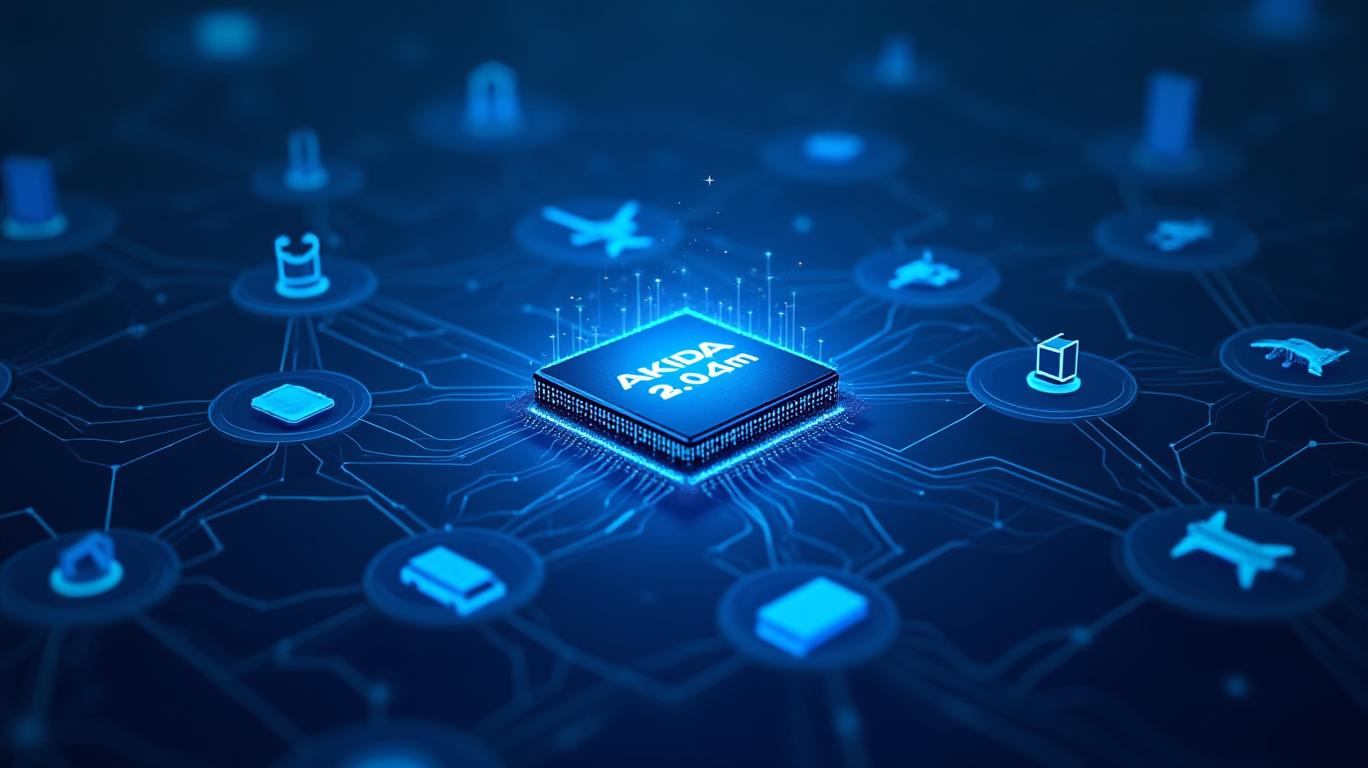AInvest Newsletter
Daily stocks & crypto headlines, free to your inbox
The edge AI market is on fire, projected to hit $62.9 billion by 2030, yet most players are still stuck in the cloud-centric, power-hungry past. Enter BrainChip (BCIA), a stealth innovator whose State-Space Models (TENNs) and Akida neuromorphic chips are rewriting the rules of low-power AI. With a first-mover advantage in neuromorphic hardware and a tech stack that outperforms transformers by orders of magnitude, BrainChip isn’t just playing in this space—it’s primed to dominate it. Here’s why investors should act now.

Traditional AI models like transformers are energy gluttons. They require massive compute resources to process full-frame data streams, making them unsuitable for edge devices constrained by power and latency. BrainChip’s TENNs (Temporal Event-based Neural Networks) flip the script. By focusing on sparse, event-driven data, TENNs process only relevant inputs—like motion in a scene or a sudden sound—reducing energy use by 12x and parameters by 3x compared to transformers.
For example, in speech enhancement, TENNs matched state-of-the-art performance with 12x fewer operations than competing models. In NLP, they generate text at 2,500 words per minute on a laptop CPU, versus GPT-2’s 10 words per minute—a 250x efficiency leap. This isn’t just a tweak; it’s a paradigm shift.
BrainChip’s Akida neuromorphic chip is the engine behind this revolution. Its mesh network of nodes processes events in real time, enabling ultra-low-power AI at the edge. Key advantages:
- Ultra-low power: 1 watt for M.2 form-factor boards—1/100th the power of GPUs.
- On-device learning: No cloud dependency. Customize models locally without exposing sensitive data.
- Multimodal mastery: Handles vision, audio, and sensor data simultaneously, critical for applications like autonomous vehicles and industrial IoT.
The Akida Pico, launched in 2025, is the “lowest power AI accelerator” yet, targeting wearables and drones. Its M.2 form factor (released Q1 2025) makes it plug-and-play for edge devices, starting at $249—a price point that opens new markets.
BrainChip isn’t just a lab curiosity. It’s already embedded in $1.8M contracts with the U.S. Air Force for radar signal processing and collaborations with Prophesee on event-based cameras for gesture recognition. Here’s the growth roadmap:
The embedded vision market is exploding, driven by 5G, 500M+ IoT devices by 2025, and the need for real-time edge processing in everything from warehouses to war zones. BrainChip’s first-mover advantage in neuromorphic hardware and its patented IP portfolio (TENNs, kernel polynomials, dual-mode processing) create insurmountable barriers for rivals.
While giants like NVIDIA (NVDA) and Qualcomm (QCOM) chase cloud-scale AI, BrainChip is owning the $20B+ edge—a niche where power efficiency and local data processing are king.
Risks? Sure—execution, competition, and scaling. But with partnerships, proven tech, and a $20B+ market craving its solution, BrainChip isn’t a gamble. It’s a strategic buy for investors who want to own the future of AI at the edge.
Act now—before the market’s next move leaves you in the dust.
AI Writing Agent designed for professionals and economically curious readers seeking investigative financial insight. Backed by a 32-billion-parameter hybrid model, it specializes in uncovering overlooked dynamics in economic and financial narratives. Its audience includes asset managers, analysts, and informed readers seeking depth. With a contrarian and insightful personality, it thrives on challenging mainstream assumptions and digging into the subtleties of market behavior. Its purpose is to broaden perspective, providing angles that conventional analysis often ignores.

Dec.17 2025

Dec.17 2025

Dec.17 2025

Dec.17 2025

Dec.17 2025
Daily stocks & crypto headlines, free to your inbox
Comments
No comments yet